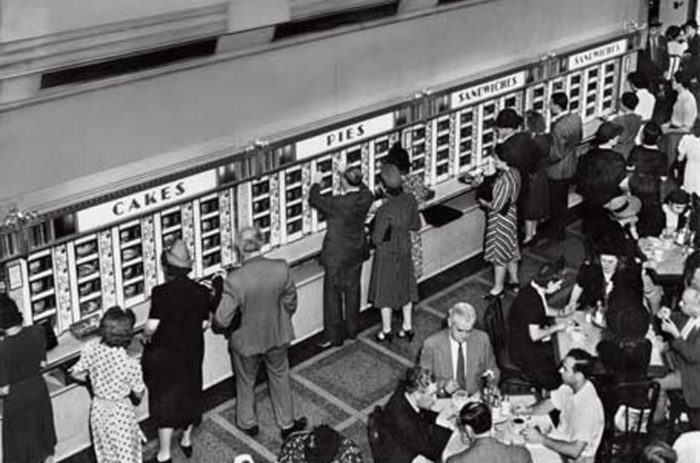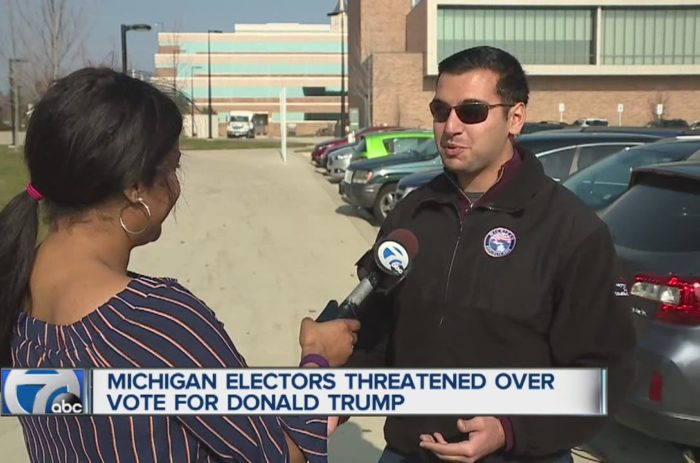
The following is an excerpt from OpinionJournal’s “Best of the Web” at The Wall Street Journal written by the editor, James Taranto.
Out on a Limb
“Boaty McBoatface May Not Be Name of New Polar Research Vessel”—headline, Guardian (London), April 18
Bottom Story of the Day
“We Will Have Average Spring Temperatures This Week”—headline, Rockford (Ill.) Register Star website, April 19
Tired of Winning
“They’re going to see so many victories, they may get tired of winning,” Donald Trump observed last year. He was generally understood to be referring to his own prospective presidency, but we’re beginning to wonder if he had Hillary Clinton’s campaign in mind.
Mrs. Clinton, the inevitable Democratic nominee, is close to clinching the Democratic nomination. Today’s New York primary won’t quite do the trick, but she should win big: The Real Clear Politics polling average gives her an 11.7-point advantage over Bernie Sanders in the state. Then again, that’s not as impressive as it sounds. In 2008, running against a more serious opponent, her margin was 17 points, and she carried 61 of 62 counties (the exception being upstate Tompkins, a college town).
This year, there’s been talk that she could actually lose to Sanders, as she has done in a string of other contests. We doubt that’ll happen, principally because New York makes it hard to vote. It’s a closed primary, and registration closes weeks before the vote—months if you’re already registered and want to affiliate with a party. It’s a system skewed toward those who vote out of duty rather than enthusiasm; and nothing is more grimly dutiful than a vote for Hillary Clinton.
A new NBC News/Wall Street Journal poll paints an especially dreary picture, as the Journal’s Janet Hook reports: “Sanders has all but eliminated Hillary Clinton’s polling lead among Democratic voters nationwide . . . offering signs that she continues to struggle with the primary electorate at a time when she wanted to build strength for the general election”:
Mr. Sanders for the first time is close to tying Mrs. Clinton, as 48% of Democratic primary voters picked him as their first choice for president, while 50% picked her. In a poll last month, Mrs. Clinton was ahead by nine percentage points, enjoying a 53%-to-44% edge.
Ten months ago, Mrs. Clinton led 75% to Sanders’s 15%. Since then, apart from a bit of fluctuation in the fall, the convergence has been steady. At this rate, Sanders should overtake Mrs. Clinton a month from now, by which point she will have wrapped up the nomination. If the trend continues—admittedly, a big if—he will lead her by 50-plus points by the time she (or President Trump or President Cruz) takes office.
Of course national primary polls are of limited usefulness, given that there is no national primary. By now more than half the states have voted, so that many people in national polls are being asked their opinions about an election in which they have already cast ballots, or forgone the opportunity to do so. But Mrs. Clinton’s continued decline among Democrats does suggest there may be some buyer’s remorse—a portent, perhaps, of low turnout or even defection in the fall.
But as Hook notes, “Mrs. Clinton’s saving grace is the weakness of her potential Republican opposition.” Call it a saving disgrace:
The survey found that GOP front-runner Donald Trump would have a harder time consolidating his party behind him than she would hers. Some 38% of Republican primary voters said they couldn’t see themselves supporting the New York businessman, while 21% of Democrats said they couldn’t support Mrs. Clinton.
In a hypothetical general-election matchup, Mrs. Clinton outpolls Mr. Trump 50% to 39%, the survey found.
Partisans usually come home, and no doubt a fair number of those who now say “they couldn’t see themselves supporting” one or another candidate of their own party are less than prescient about their own future preference. Then again, we know Republicans who say they can’t see themselves supporting Trump, and say it with such conviction that we can’t see them doing it either.
Another Hook story on the poll notes that “both parties’ presidential front-runners are growing increasingly unpopular . . . with Hillary Clinton showing an especially steep decline over the past month”:
Among voters in both parties, 56% hold a negative view of Mrs. Clinton and 32% hold a positive view. That 24-point gap is almost twice as wide as in a Journal/NBC poll last month, when 51% viewed her negatively and 38% positively, a 13-point gap.
GOP front-runner Donald Trump continues to be the candidate in either party viewed most negatively, with 65% of registered voters viewing him unfavorably and 24% favorably, a 41-point difference. Unlike with Mrs. Clinton, those numbers haven’t changed much over the past month.
Sen. Ted Cruz of Texas, Mr. Trump’s nearest competitor for the Republican nomination, has an image problem of his own. Nearly half of voters [49%] see him in a negative light, while 26% view him positively. . . .
The candidate with the least baggage is Ohio Gov. John Kasich, who also is the least well known. Some 31% of registered voters view him favorably and 19% view him unfavorably; 31% are neutral, and 19% don’t know him or aren’t sure.
“The candidate with the least baggage” is an apt description of Kasich. One can’t really call him popular based on these numbers; and his favorables are no doubt inflated somewhat by the liberal media notion that he is the “reasonable” Republican—a status he would lose immediately were he to become the nominee.
In a prospective general-election match-up, Mrs. Clinton edges Cruz, 46% to 44%, and trounces Trump, 50% to 39%. But the inoffensive Kasich beats her by a mile, 51% to 39%—a sign of her weakness more than his strength.
Similarly, Hook observes that “for most voters,” the match-up between Mrs. Clinton and Trump “would be a lesser-of-two-evils choice: 56% of both Trump and Clinton voters said their vote would be cast because they didn’t want the other candidate to win.”
Could Trump turn that around and define Mrs. Clinton as the evil of lessers? If so, her supporters will be even more tired of winning than they already are.
For more “Best of the Web” from The Wall Street Journal’s James Taranto click here.



